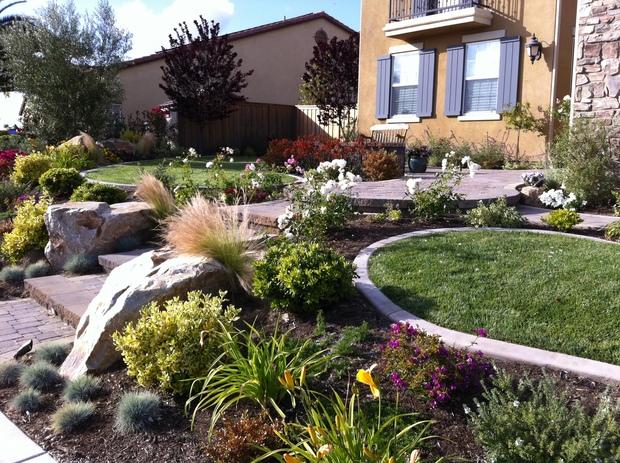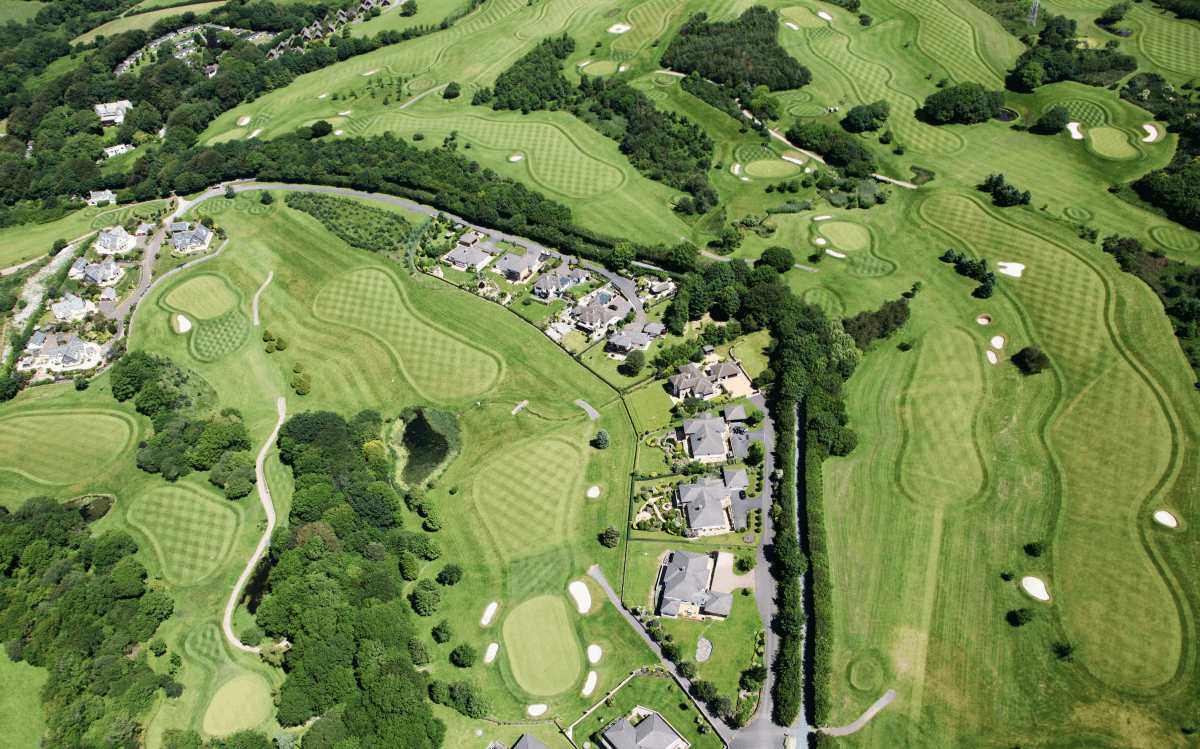The Facts About Landscapers Uncovered
The Facts About Landscapers Uncovered
Blog Article
Indicators on Landscapers You Need To Know
Table of ContentsThe Single Strategy To Use For LandscapersLandscapers - QuestionsThe Best Strategy To Use For LandscapersSee This Report about LandscapersThe Basic Principles Of Landscapers The smart Trick of Landscapers That Nobody is Talking About
- A garden attribute where water is represented by an accumulated rock product, typically a crushed rock or granite.- A stone or flagstone patio, path, or sidewalk built without a concrete base.- A stone preserving or totally free standing wall surface constructed without the usage of mortar. - An underground framework that collect water and permits it to slow down percolate into the soil around it.
Landscape layout that works with a sites' setting in both look and sustainability without negative effects to the environment. Interrupting the landscape is a line of demarcation that develops aesthetic rate of interest in the garden by dividing one section from an additional segment. This can be visual or functional, maintaining one element (such as pea crushed rock) from getting blended right into one more (like bark dirt).
Locations can additionally have a sensation of "room" given by trees, other growings, fencings, or displays. The landscape near the access to a structure.
A Biased View of Landscapers

The aspect in a landscape layout or location in a landscape that is indicated to be most famous. The focal factor can be a plant, boulder, statuary, collecting space, or various other landscape feature.

How Landscapers can Save You Time, Stress, and Money.
Low plants that are permitted or encouraged to spread out over a location. Can refer to any "hard" garden elements consisting of statuary or stones however many generally is used to refer to courses, patio areas, and walls - Landscapers.: Elevation difference in between the degree of water in a pond (or the degree of the pump if it sits outside the pond) and the upper electrical outlet of water which affects performance of the water pump in gph (gallons per hour).
A chemical used to regulate weeds. Fencing boards that run horizontally, commonly used in modern-day or Japanese-inspired landscape designs. Lines that specify areas within a landscape principle. These commonly extend from edges or crucial features of an existing framework. Proper usage of imaginary lines can help the landscape really feel connected to the home and various other elements.
A more loosened up garden controlled by rounded as opposed to straight bed lines and a less stiff framework. Standard PNW landscapes are informal. A plant that spreads even more than desired, or into environments where it does damage. Rose city has a list of invasive plants that must not be set up in landscapes because they can infect woodlands or rivers and be challenging to regulate.
The 5-Minute Rule for Landscapers
Smart irrigation controller reviews and referrals below. 2-D making of the recommended watering system. Can consist of head positionings and coverage, pipeline sizing, GPM specifications, and products needed to install this system. An irrigation plan is usually unneeded for properties yet prevails for industrial jobs. Certified professional that makes landscapes, educated in engineering and architecture as well as in cultivation.
The expert who plans and creates landscape tasks, normally at a household or little industrial degree with the major style incentive on growings. Landscape designers commonly have much less schooling than Landscape Architects and are not accredited. A completed landscape style, outlining all components for the brand-new landscape. This usually takes the kind of an illustration on paper.
Calcium material utilized to increase the Source pH in dirt, which will make it less friendly to moss (Landscapers). A water tight HDPE product made use of underneath fish ponds, streams and waterfalls in water features. Utilizing many plantings of the exact same variety to complete an area in the landscape. This can reduce upkeep and water use in the yard.
A mix of cement, sand, and water that is made use of in stone masonry for setting rocks and joints. A layer of garden compost or bark dust used at the base of a plant. A mass growing of moss. A plant that existed in a geographic place prior to individuals started altering the landscape.
An Unbiased View of Landscapers
Exactly how the garden or a garden component is prepared this page in connection to an existing or new feature or to a direction. Yards that are not cut but grown in landscapes as perennials.

Plants that give seasonal interest and then pass away back in the winter months. Cold season turf that is the most usual lawn grass in Portland, OR and the rest of the PNW.An open roofed framework over a patio or other landscape attribute.
The most typical landscape gravel in the PNW. Location of the landscape developed to manage rainfall water up until it can soak into the ground.
Structure made from wood, concrete, paving rocks, bricks or other materials for supporting slopes and stopping excessive erosion. Narrow watercourse. Creating a yard feature consisting mainly of stones with plantings that complement and can thrive in the rough setting. Lawn sprinkler head style that rotates a stream of water across a location.
The Ultimate Guide To Landscapers

Report this page